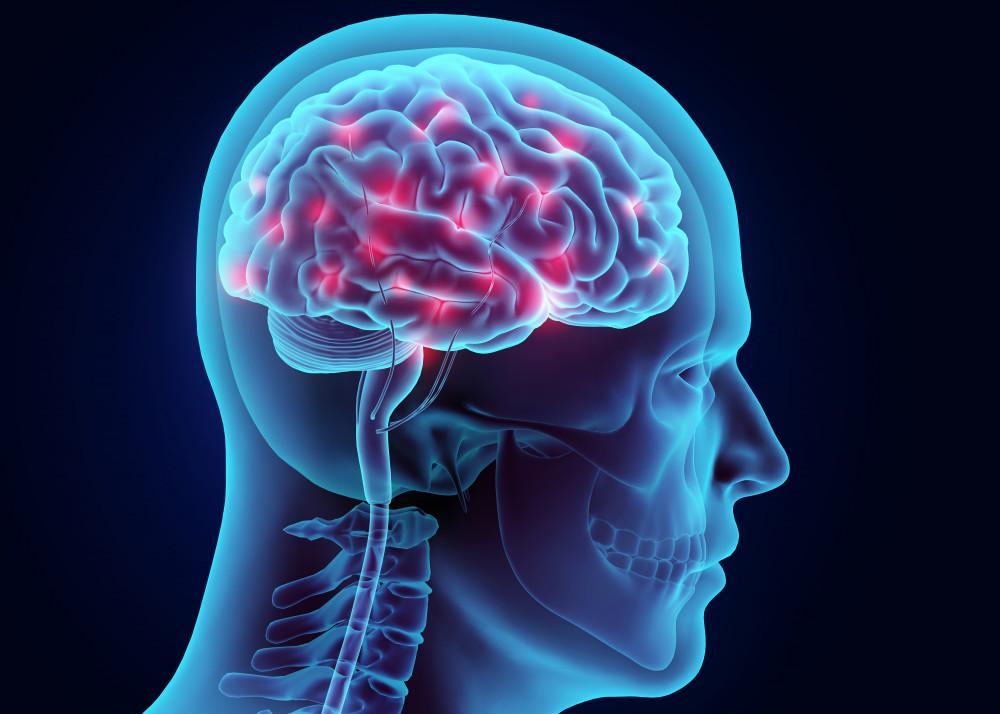
Spotting the Telltale Signs and Symptoms of CRPS

Complex regional pain syndrome (CRPS), which is sometimes called Reflex Sympathetic Dystrophy (RSD), is not always a clear-cut issue. If you have this condition, you may have had trouble getting a diagnosis, or you may be struggling to learn more about your symptoms on your own.
There’s no standard for diagnosing CRPS. Unlike more common disorders, there’s no test that your doctor can order to know for sure if you have it or not. Instead, your doctor must consider your medical history, perform a clinical exam, and take into account certain lab tests.
There are several conditions that can cause chronic pain, and often a diagnosis of CRPS involves ruling those out first. This process can be frustrating for you, as you hope for answers -- and a solution for your pain -- with each test.
CRPS defined
CRPS is a condition in which your nervous system malfunctions and causes pain that lasts for more than six months, which makes it chronic pain. Most often, the chronic pain affects one arm or one leg, and follows an injury, surgery, stroke, or heart attack, but the pain is much worse than the severity of the original problem.
According to the Reflex Sympathetic Dystrophy Syndrome Association (RSDSA), CRPS is “a chronic neuro-inflammatory disorder” that is classified by the FDA as a rare disorder. However, as many as 200,000 people in the US have CRPS at any given time.
If you have CRPS following an injury, it’s as if your nerves get stuck in a pain signal loop, constantly sending your brain the message that you’re hurt. The pain is real, even after the injury heals.
Symptoms of CRPS
The first, and most alarming, symptom of CRPS is pain. The pain is severe, and it may seem as if it has no cause. Your original injury may have been so minor you didn’t even realize it happened.
The pain associated with CRPS is intense, and it doesn’t get better with time. Here are some of the other possible signs of CRPS:
- Allodynia -- feeling pain from something that shouldn’t hurt, like the shower
- Abnormal swelling in the affected part of your body
- Changes to your skin in the affected area
- Changes in how your hair or nails grow
- Unusual skin temperature, such as one side of your body being warmer than the other
- Unusual sweating in the affected area
- Limited range of motion in the affected arm or leg
- Paralysis in the affected limb
- Symptoms that come and go
The good news is that there are treatments for CRPS. You don’t have to live with the pain forever. Generally speaking, outcomes are better with earlier diagnosis and treatment.
If you have chronic pain that seems to be worsening, or you suspect you may have CRPS, book an appointment with one of the experts at South Lake Pain Institute. We have experience in treating this disorder and are happy to provide an evaluation and answer your questions.
You’re welcome to book an appointment online at either of our convenient locations, or call us during regular business hours to schedule.
You Might Also Enjoy...


Regenerative Medicine Therapies That Can Remedy Aging Joints

Botox: It’s Not Just for Your Face. Check Out How It Can Treat Your Sweaty Feet and Armpits

Fibbed to Your Physician? You are Not Alone and Your Doctor Knows

A New Tool for Chronic Pain


